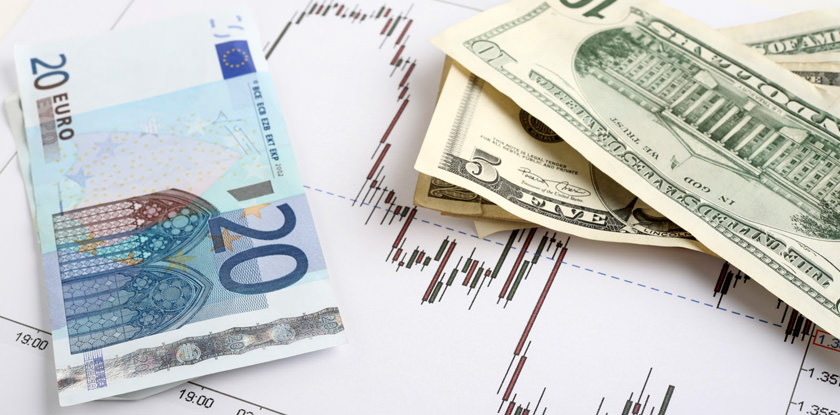Forex Terminology: Exchange Rates, Conventions, Swap Points, and Rollover
October 10, 2016

Exchange Rates
Forex quotes are expressed through an exchange rate, which is the ratio between two currencies, with one placed in the numerator and the other in the denominator. This ratio allows the value of one currency to be expressed in terms of another. By convention, it is said that the exchange rate is bought or sold with reference to the currency placed in the numerator. For example, buying the EUR/USD exchange rate means buying euros and simultaneously selling the same amount in dollars. In this case, one is long or bullish on the exchange rate. Conversely, if we sell the EUR/USD exchange rate, it means we are selling euros and simultaneously buying dollars. In this case, one is short or bearish on the exchange rate.
Current Forex Conventions
There are two types of exchange rate expressions: "certain for uncertain" and "uncertain for certain." Saying that 1.45 dollars are needed to get 1 euro in exchange is the same as saying that 0.69 euros are needed to get 1 dollar in exchange (1/1.45). The important thing to remember is that the currency placed in the numerator is always the certain currency. In international markets, there are now precise rules for defining exchange rates. According to current conventions, the main exchange rates are expressed as follows: EUR/USD, USD/JPY, GBP/USD, USD/CHF, EUR/GBP, EUR/CHF, EUR/JPY, USD/CAD, AUD/USD, NZD/USD, EUR/AUD, EUR/CAD, GBP/CHF, CHF/JPY, GBP/JPY. The euro is always the certain currency against all other currencies. Before its introduction on the markets in 1999, the certain currency was the US dollar. Furthermore, before the birth of the euro, the term "spot-rate" referred to quotations against the US dollar, while today the euro is the reference. Finally, the term "cross-rate" no longer refers to the quotation of two currencies against the dollar, but to the crossing of two currencies that are neither the euro nor the dollar. The term "currency" is often used to indicate a currency as well.
Swap Points and Rollover
When opening a position on Forex, it is important to remember that each currency has its own interest rate, which in operational practice is expressed in Swap Points. In fact, when a Forex spot contract has a duration of more than two value dates, the currency with the higher yield rate is credited or debited. Each broker always has its own table of swap points for each exchange rate, whether it is bought or sold. It should be remembered that the crediting or debiting of interest only occurs if the position is not closed before 11:59 PM. After this time, the broker proceeds with the rollover of the position, crediting or debiting the interest rate differential between the two currencies.
In fact, it should be remembered that the settlement day ("value date" or also "delivery date") requires the parties to the contract to deliver the currency sold and withdraw the currency purchased. To avoid physical delivery, the broker automatically postpones the closing of the position to the next day (rollover) until the trader closes the position.

